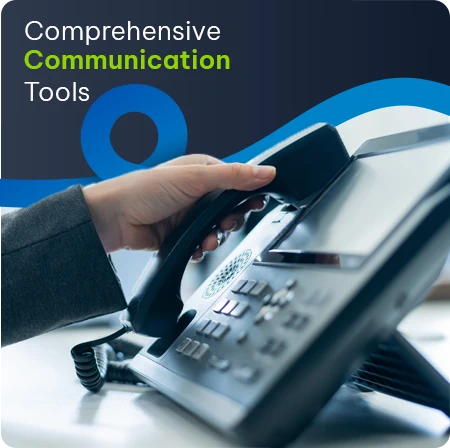Hybrid or remote working and online schooling have meant that many homeowners are compelled to think of their homes as small business premises. Setting up a home WiFi network, with sufficient device connection capacity and bandwidth availability was just the beginning. Now that your home serves, in part, as a remote office for the company you work for and with so much of business being conducted in the cloud, having a robust, always-on, dependable internet service at home is key to your, and your employers, overall Business Continuity Plan (BCP).
Business Continuity Managers need to know that if something goes wrong, a business can keep running, even when you’re at home. The primary medium of connectivity, in the metros especially where access is pervasive, is fibre and while it is absolutely the fastest, most reliable and perhaps future-proof connectivity technology in today’s market, its physical infrastructure is not completely safe from external elements like theft, vandalism and breakages through third party negligence.
In the past, something as relatively common as bad weather would cause outages on copper lines, whereas fibre outages tend to happen only when the line is physically cut – during roadworks, floods and intentional malice for example. This greatly reduces the likelihood of your fibre failing but, even with this in mind, the risks to your business of internet disruption with extended downtime, are simply not worth taking.
The truth is accidents will happen and with you and your company being so reliant on your home internet connection, it’s vital to make sure the effect on business-critical applications is kept to a minimum. Rolling blackouts, due to ongoing load shedding, are already having a negative impact on the productivity of remote workers but there is help for connectivity that continues, even in times of fibre breaks.
Many will resort to hot-spotting from mobile phones during a break in internet service but how practical is it to rely on your mobile plan to keep you running during an interrupted fibre connection? When your fibre is down, it certainly is not the ideal time to learn whether your mobile plan has enough data to carry you through while your fibre network operator and internet service provider works to get your service up and running again.
What’s your alternative? Or rather, your BCP? Having a business continuity and contingency plan(BCP) is vital to make sure you’re prepared, should something unexpected happen. It’s a good idea to review your BCP – make sure it always reflects and safeguards your premises, the online and digital needs of your household, and the technology critical to you working from home. Part of your BCP should be ensuring that connectivity is never lost.
A great place to start – if you’re looking for a connection that keeps up and not lets you down when a fibre disaster strikes – is your ISP. Find out from your representative if they can assist with a backup solution to keep you connected if there is any interruption to your fibre line.
Perhaps the most fitting alternative to your fibre connection will be a Fixed LTE connection. It offers speeds comparable to what you already get on fibre and can be bundled with an allocation of bandwidth big enough to cater for those unexpected downtimes. Although not widely available, it would be best to enquire from your ISP about automatic failover functionality. Self-install options are available, and your ISP should have a guide as well as a video to show you how it is done.
The biggest benefit of Fixed-LTE-A with failover is its capability to switch over from fibre to LTE and back again once the fibre issue has been resolved without any intervention from you. It also provides for notifications so that you’re informed at all times whether your household is tapped into fixed or mobile connectivity, allowing you and your family the ability to school, work and meet interruption-free.












